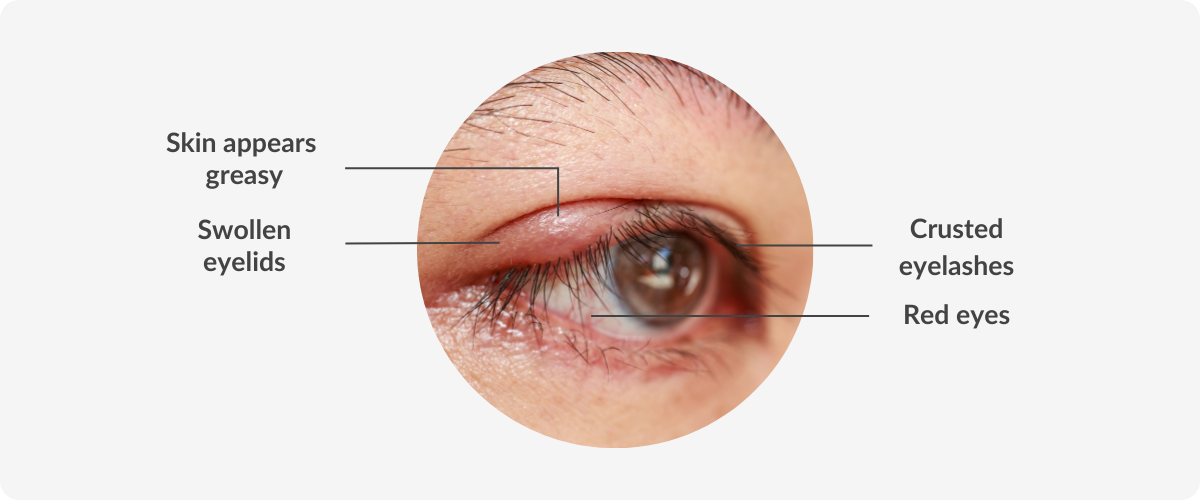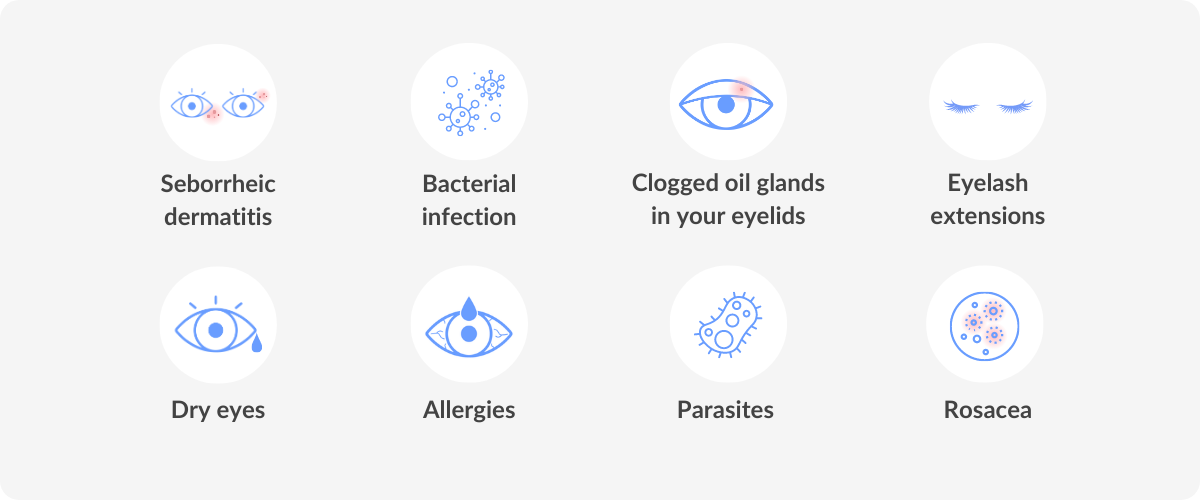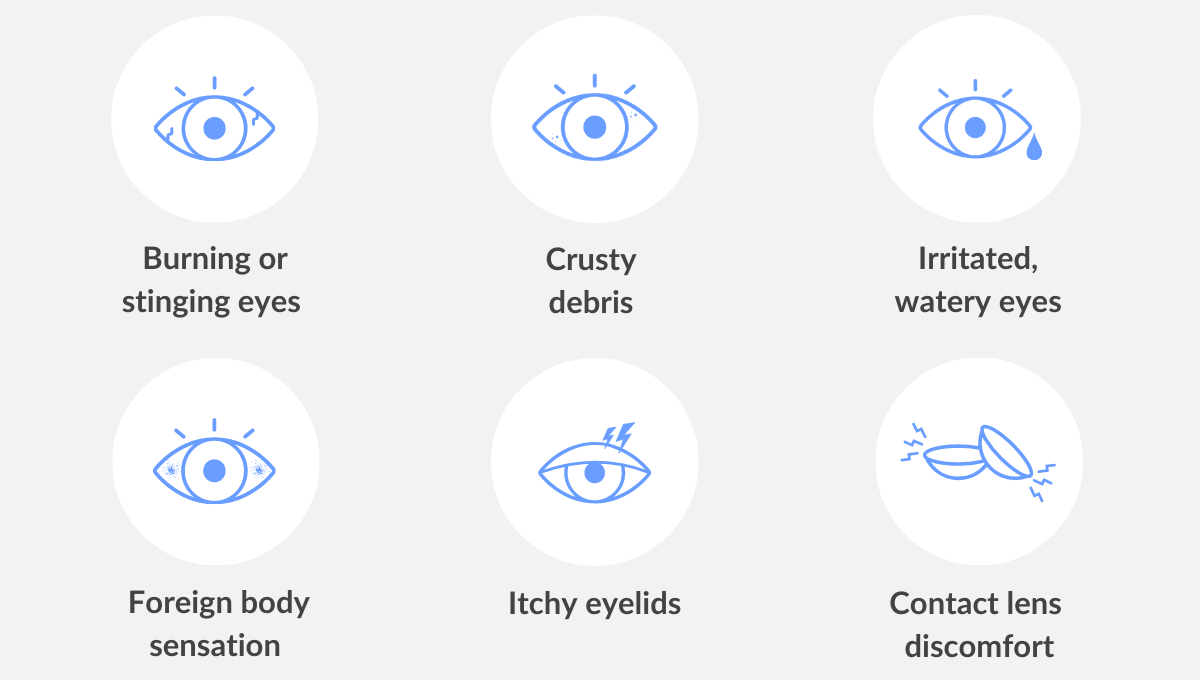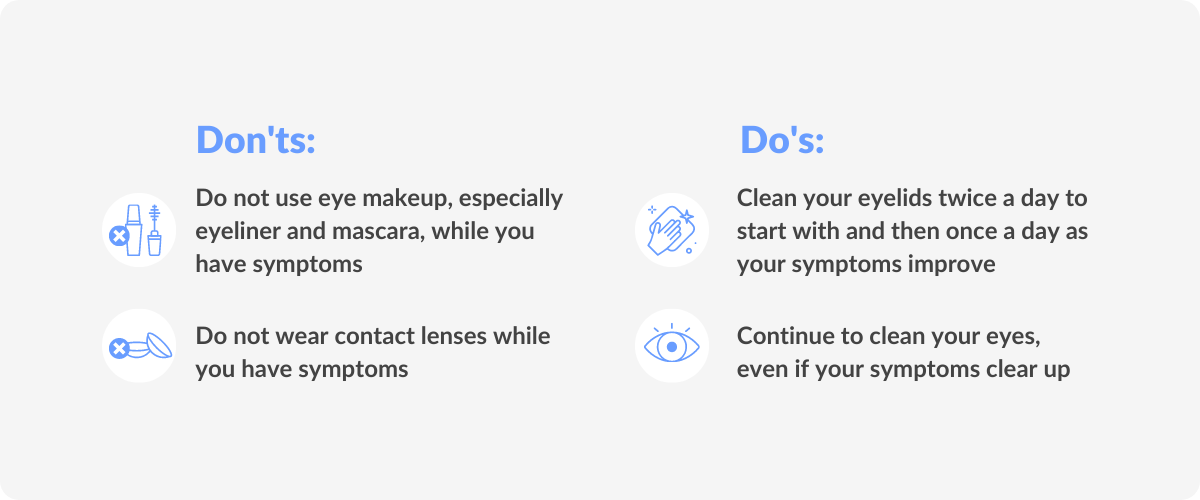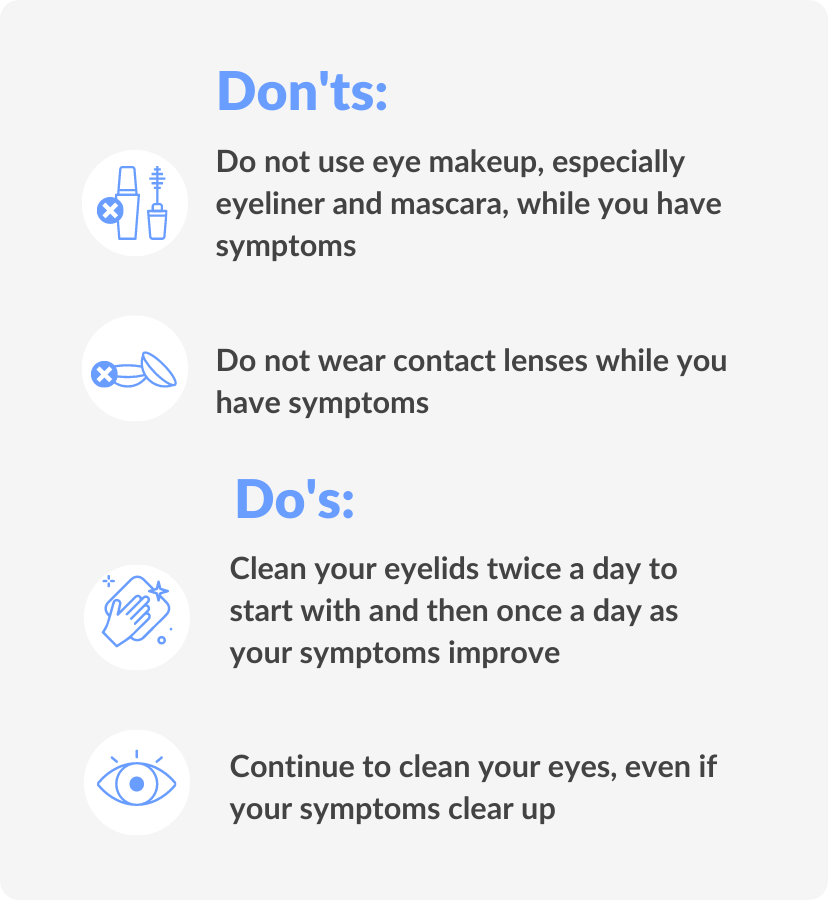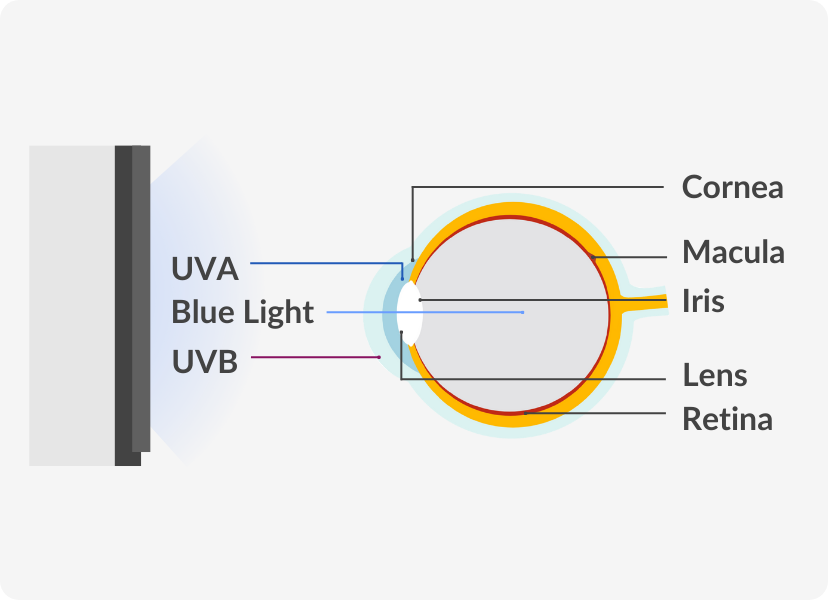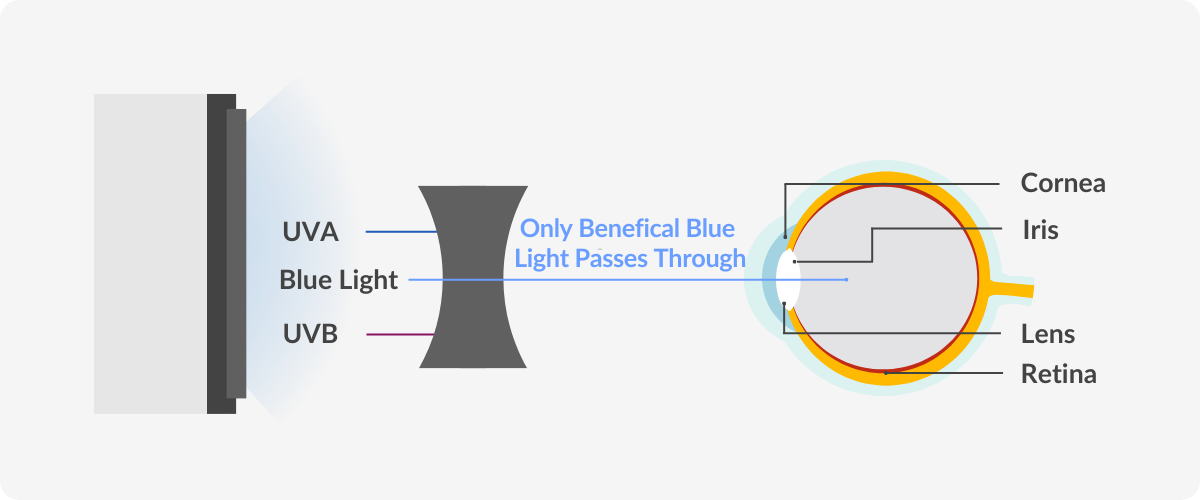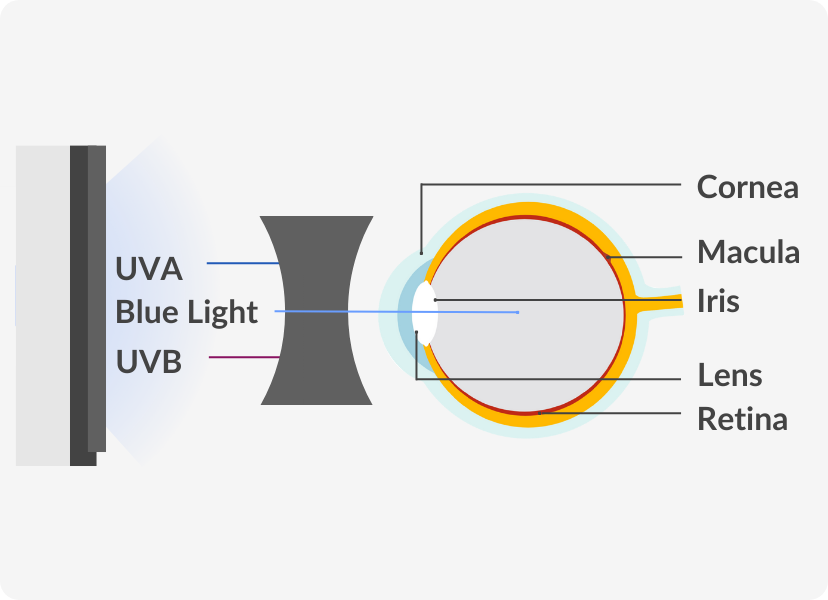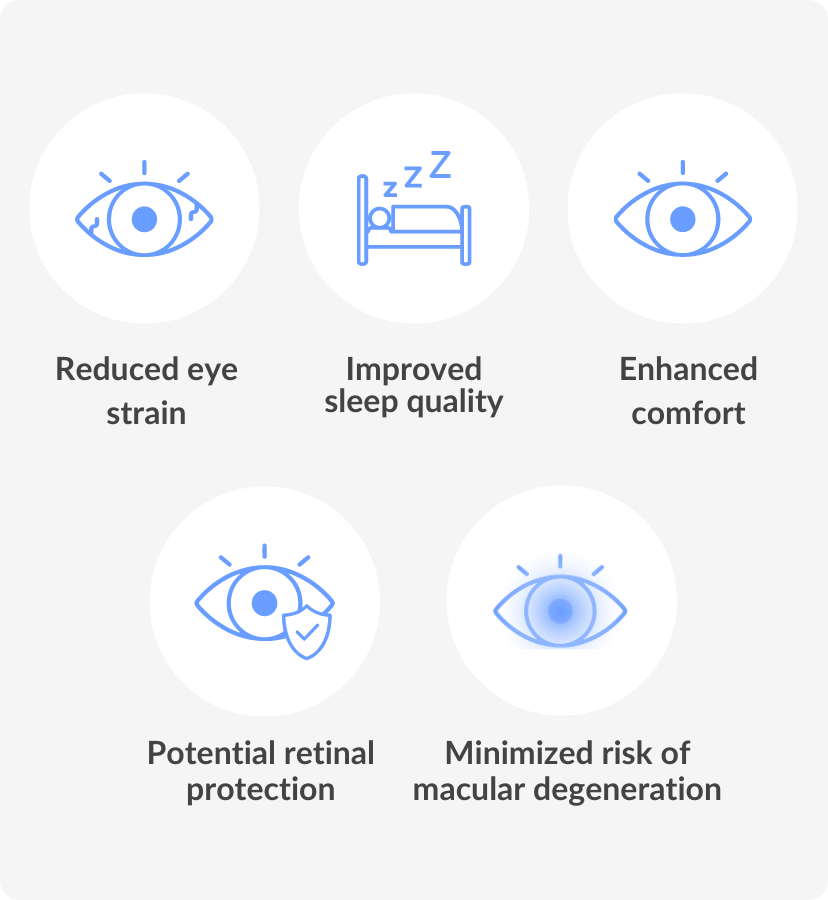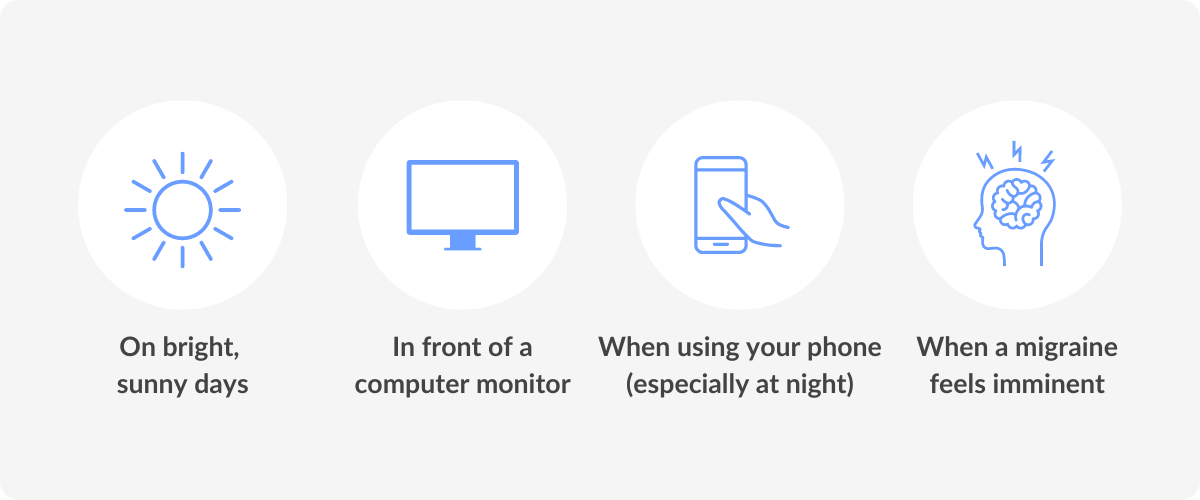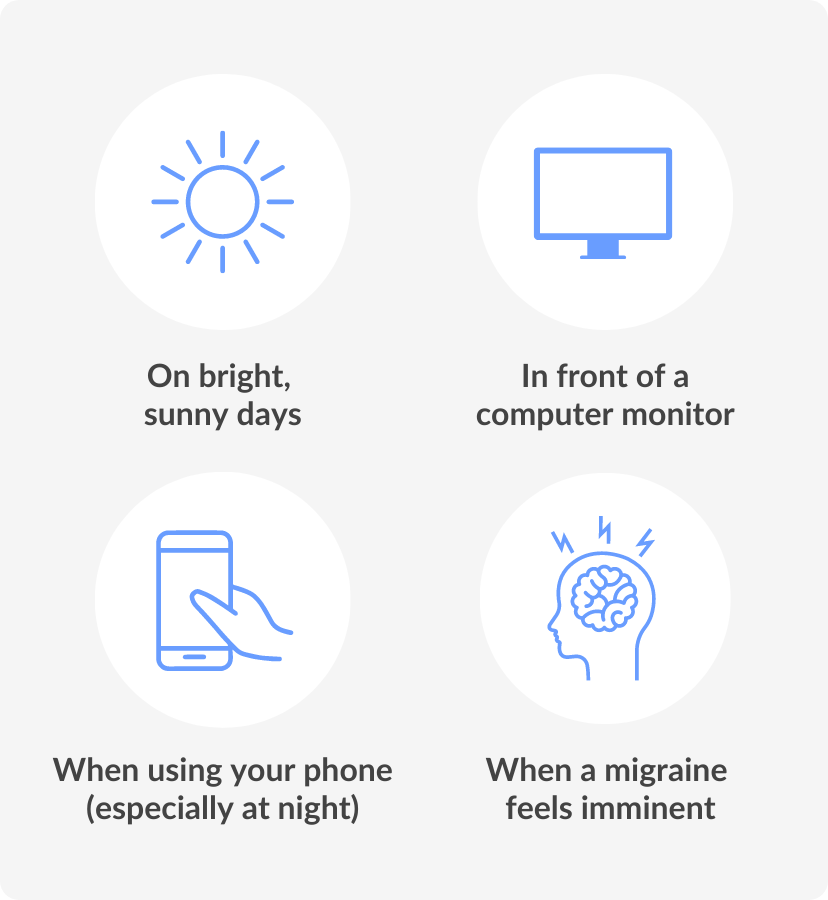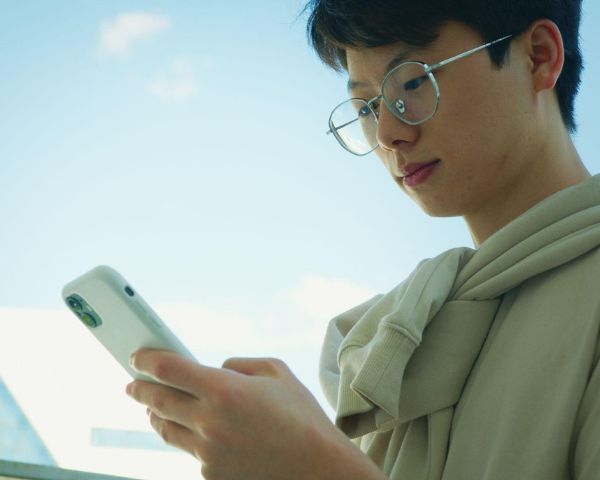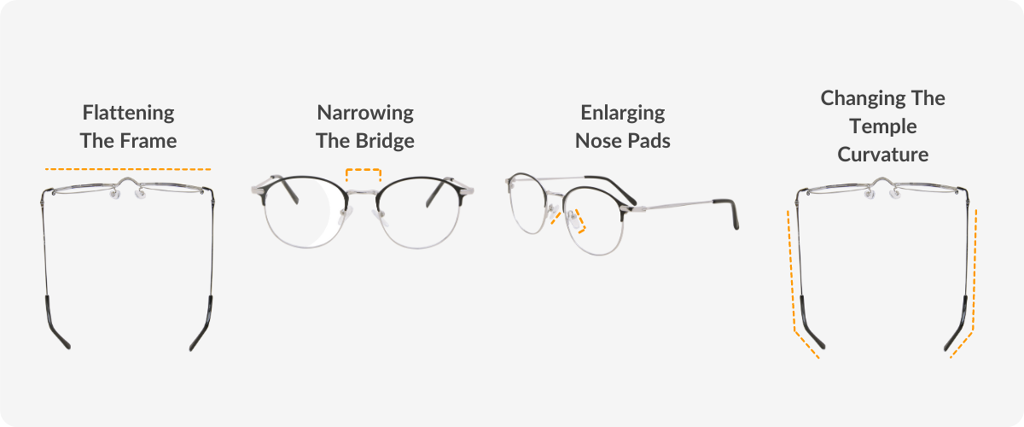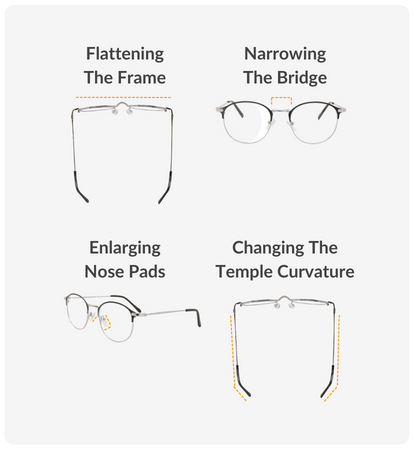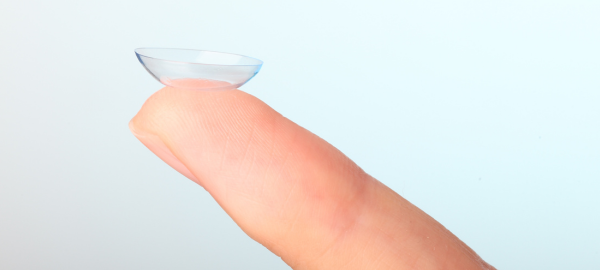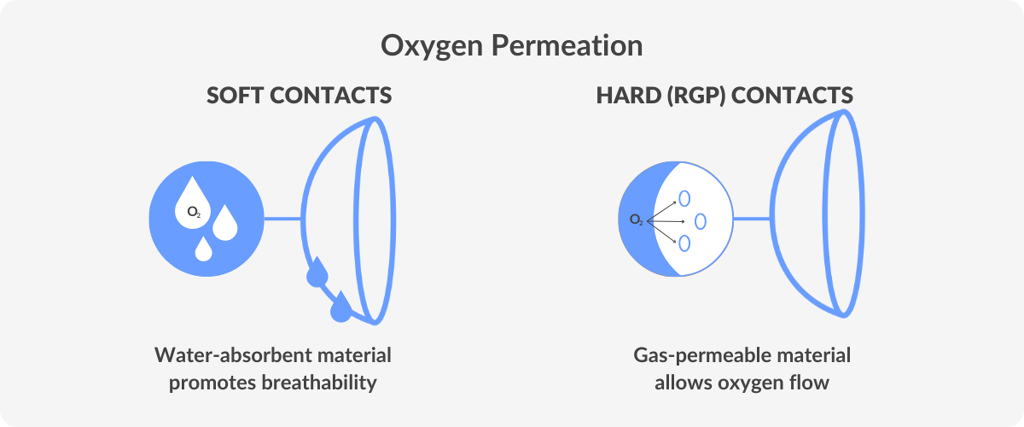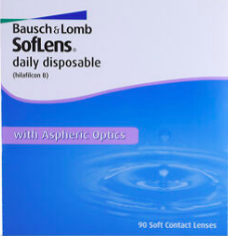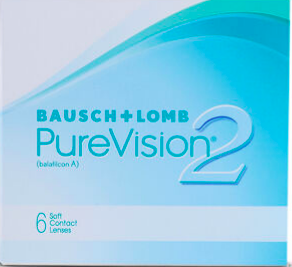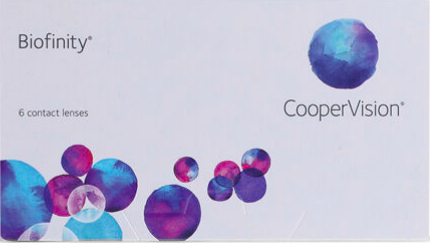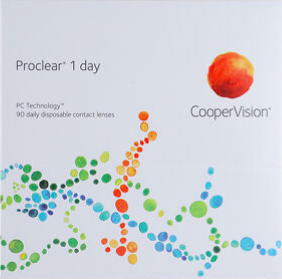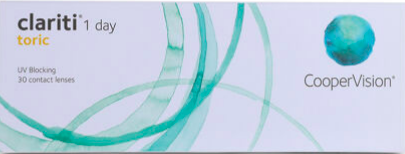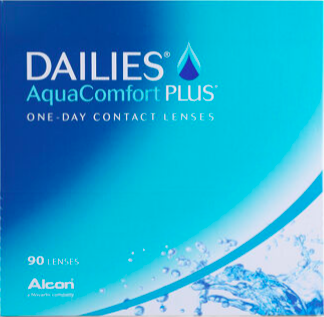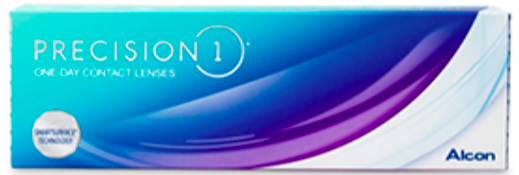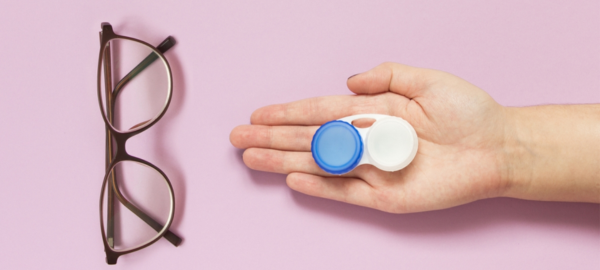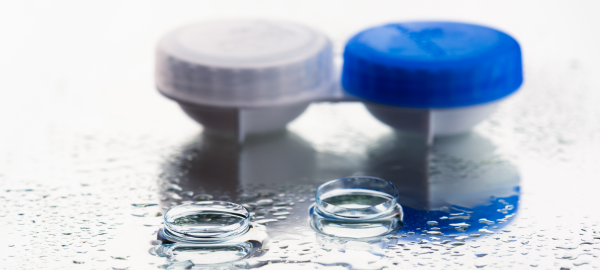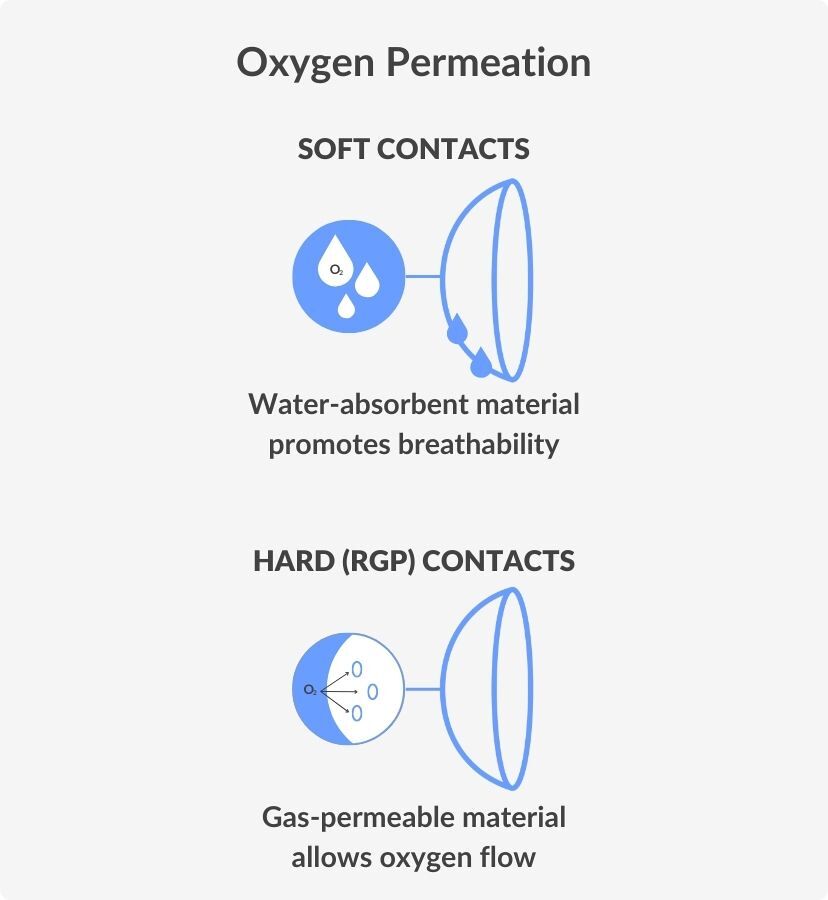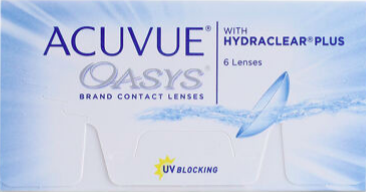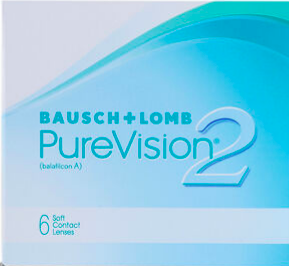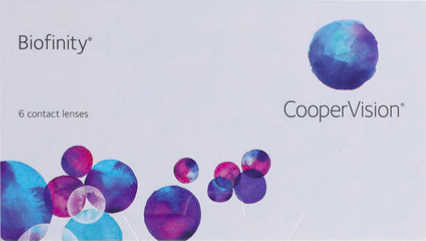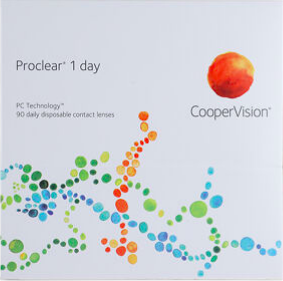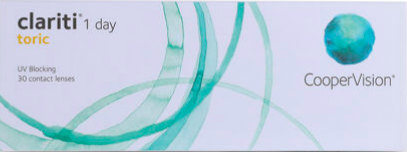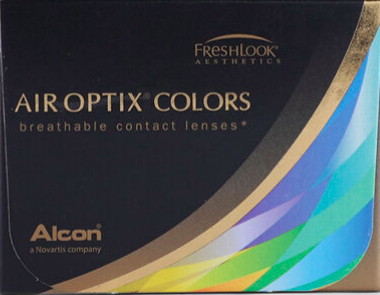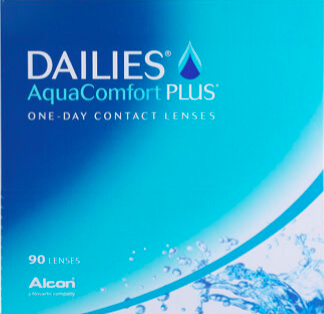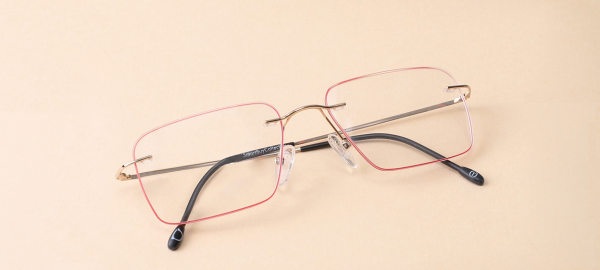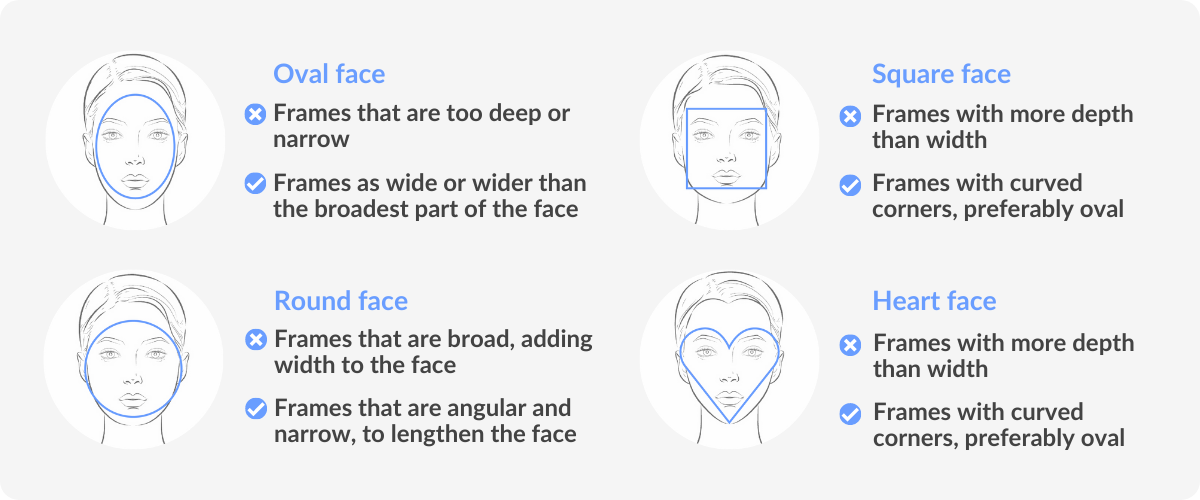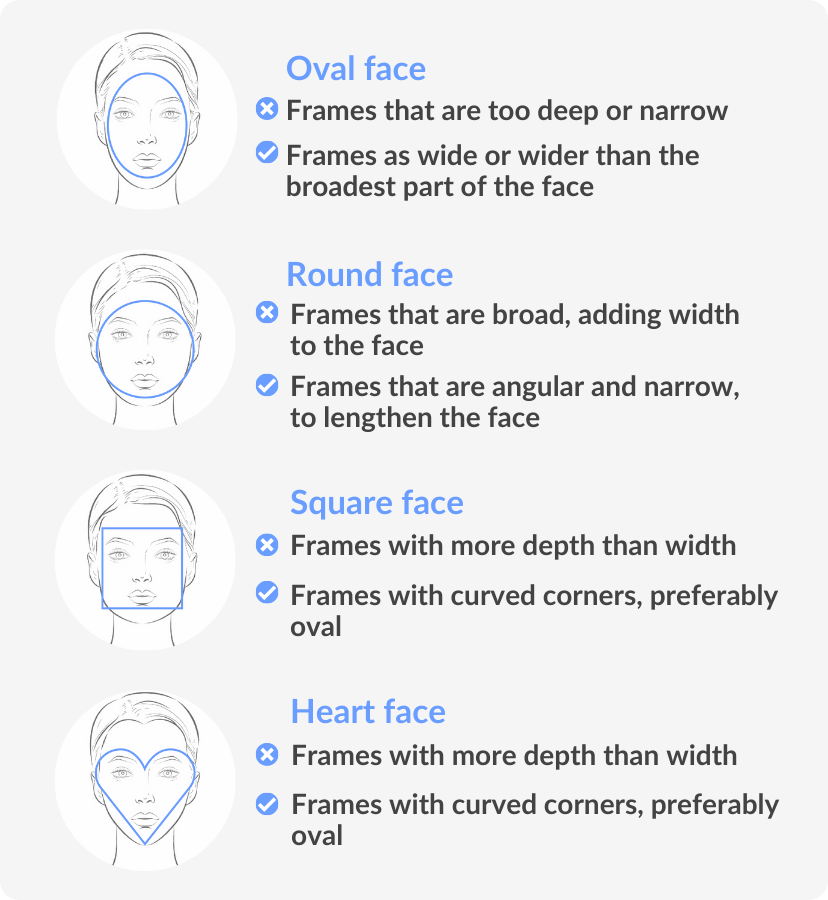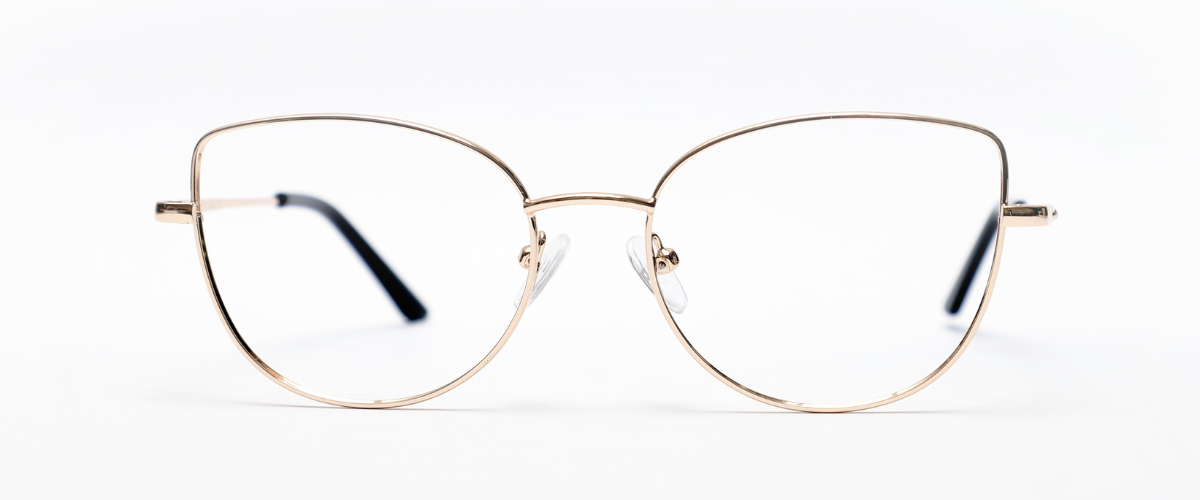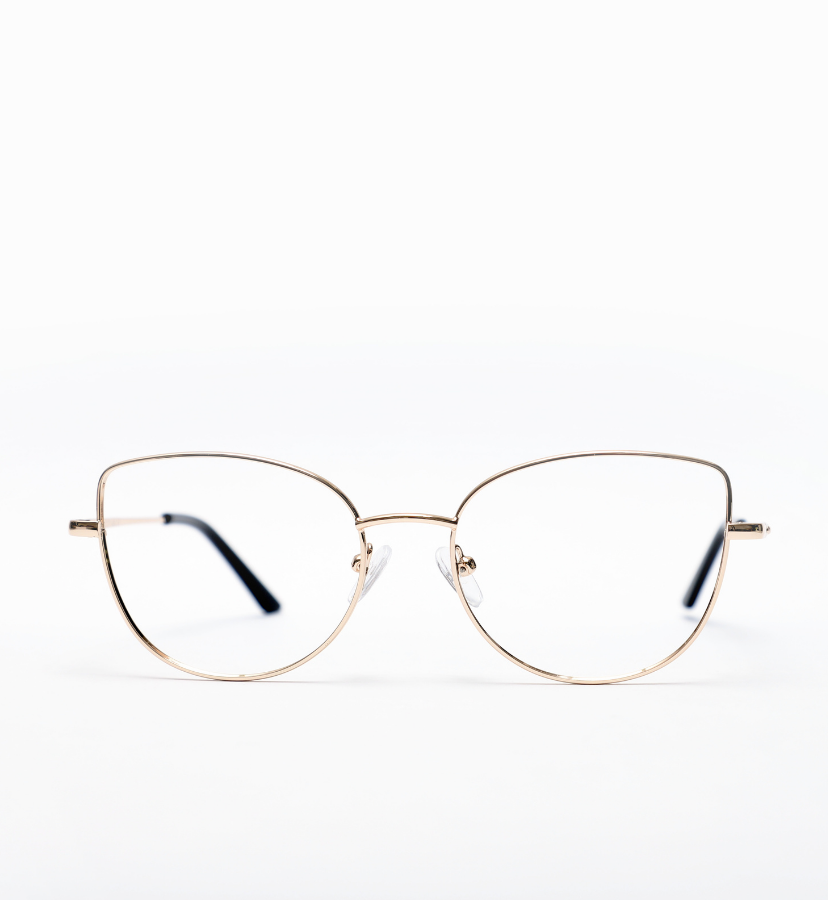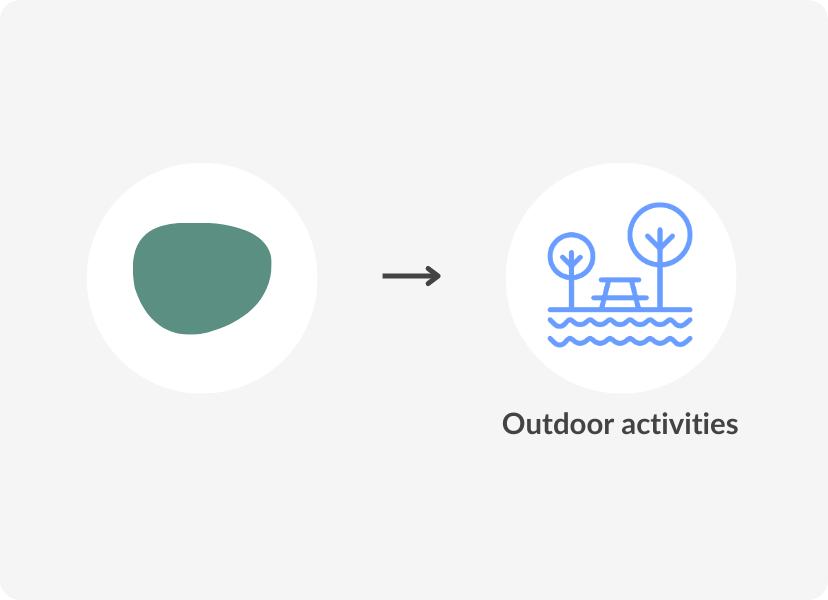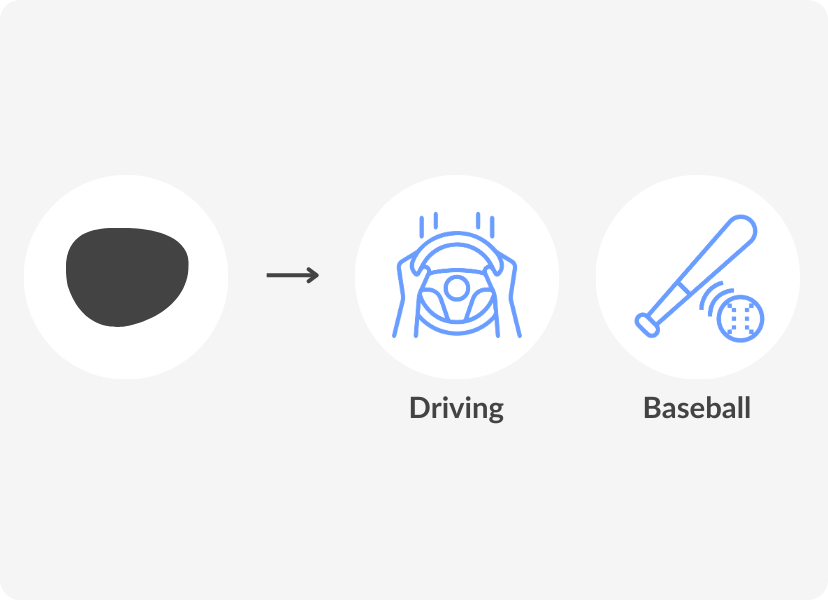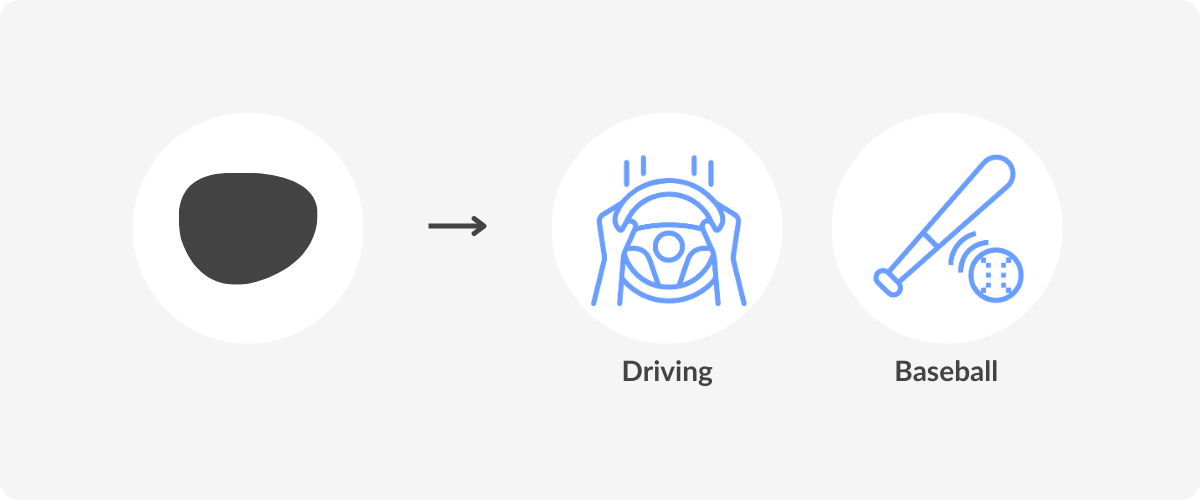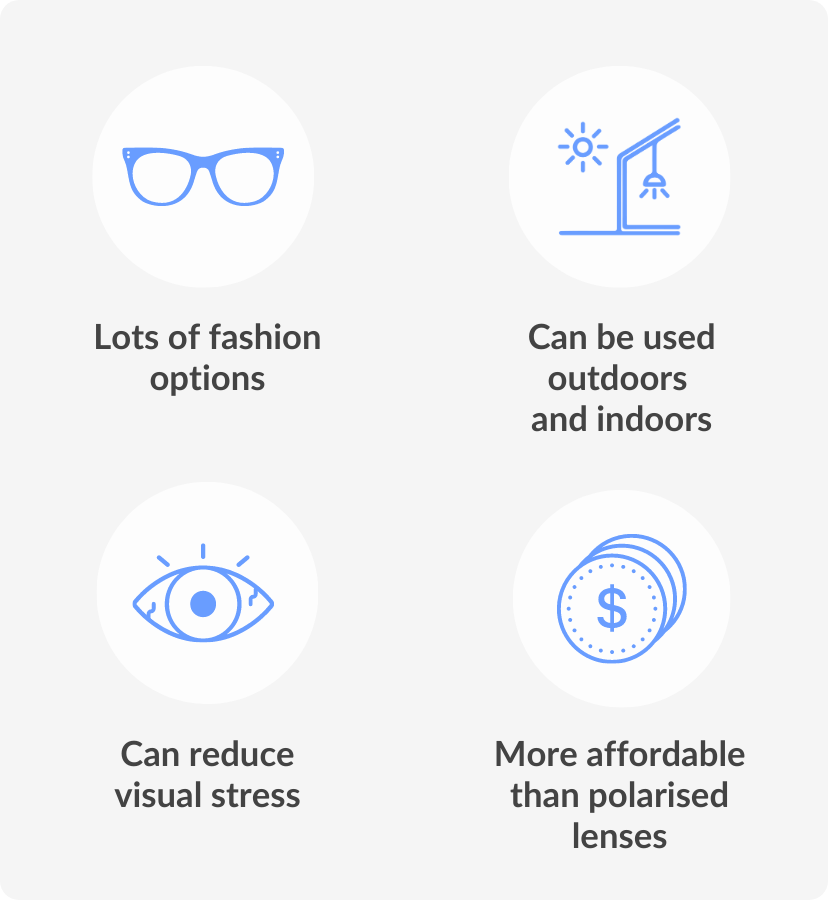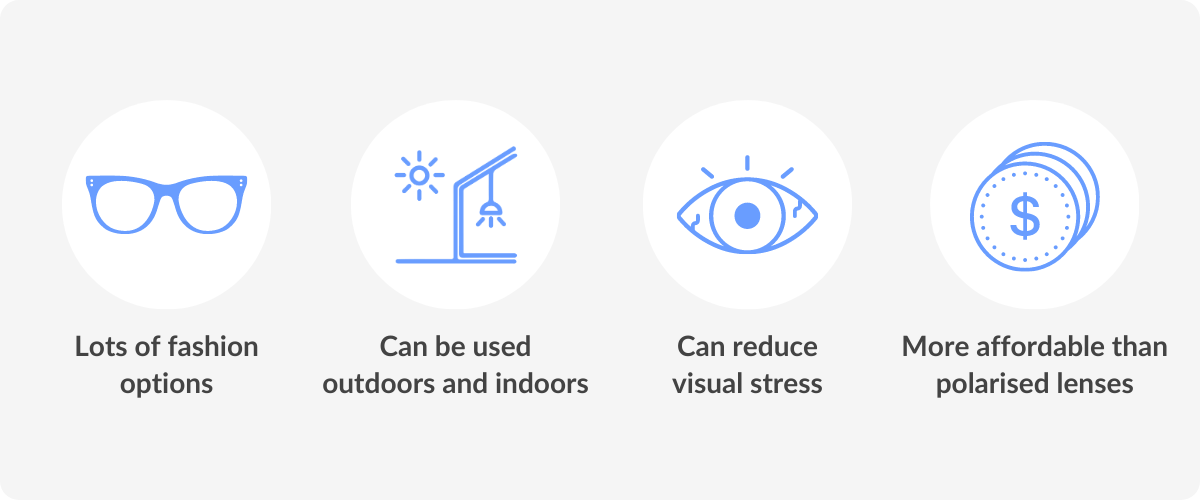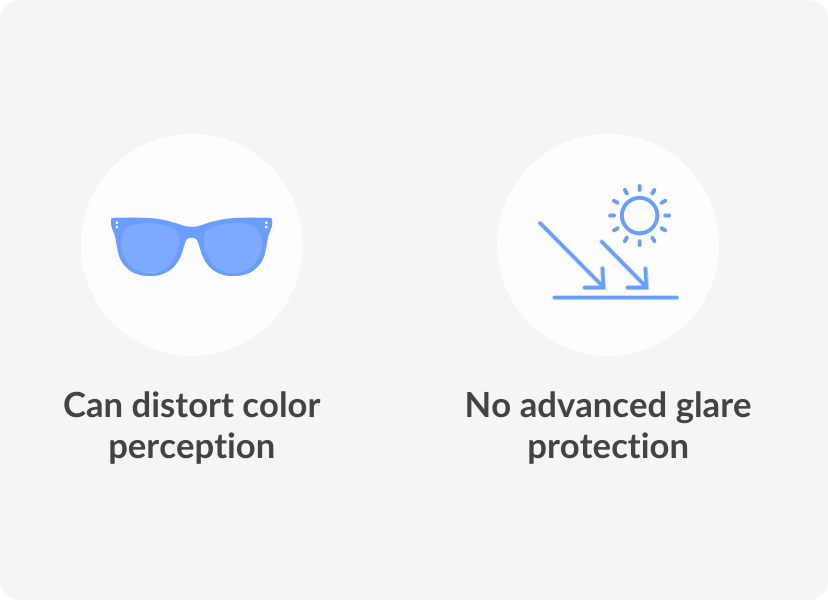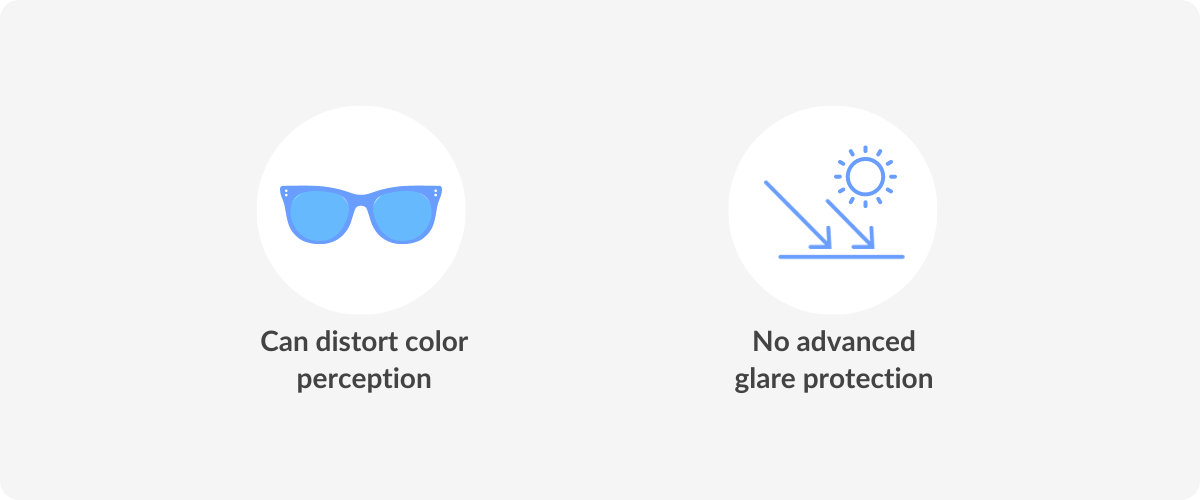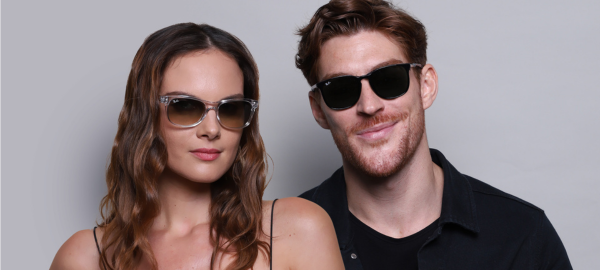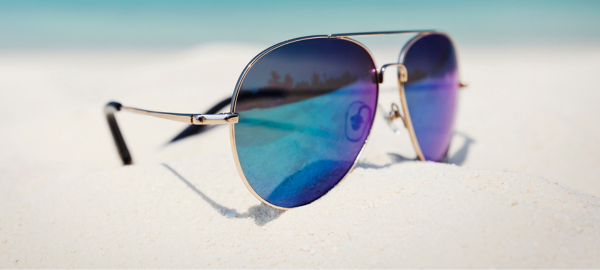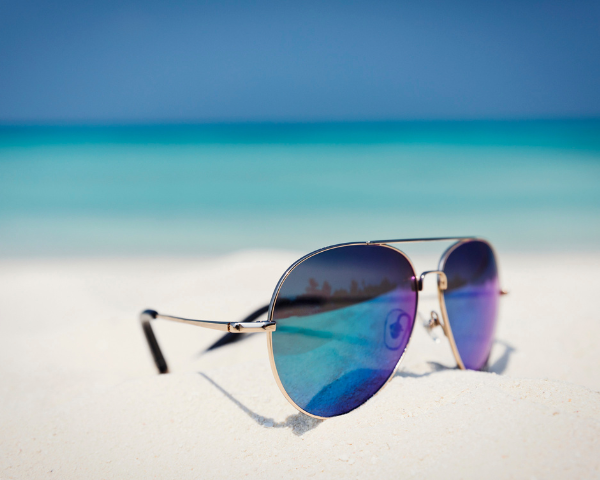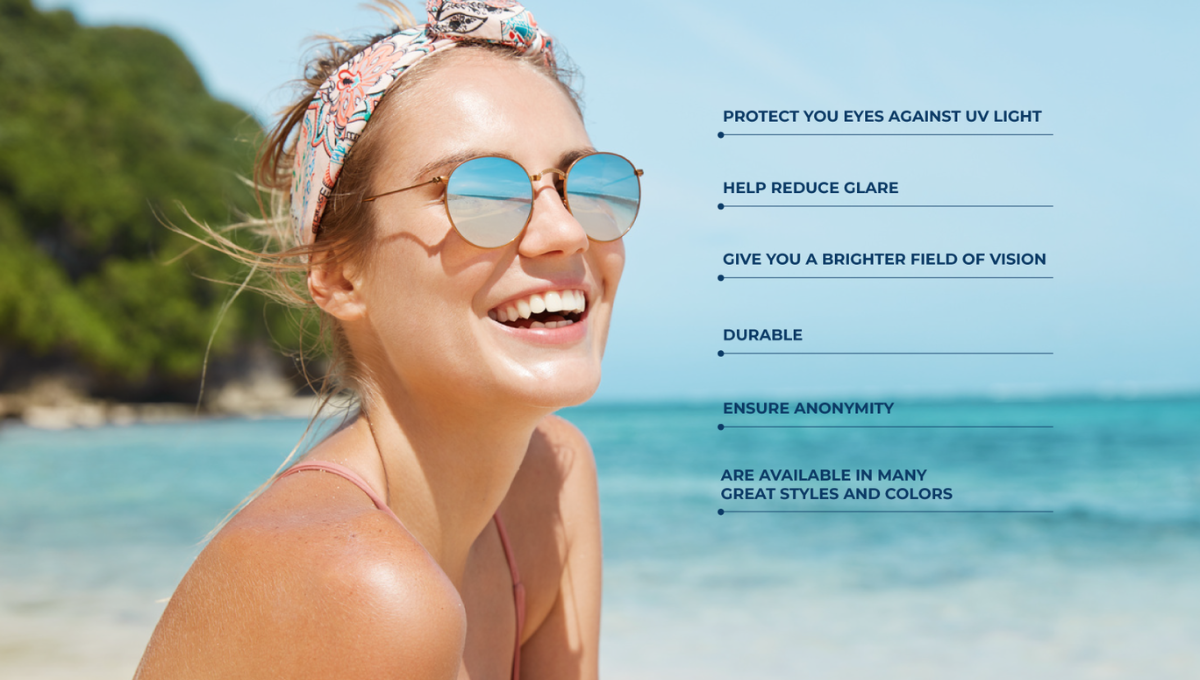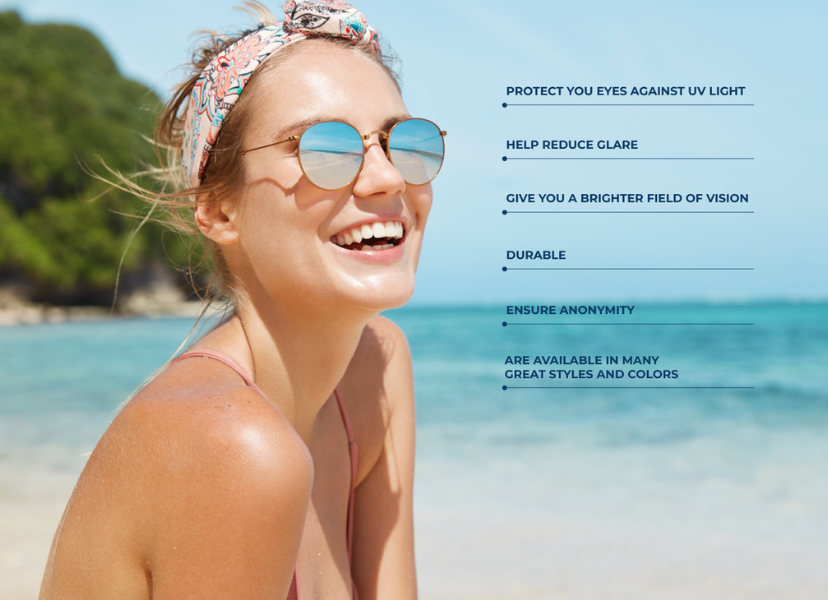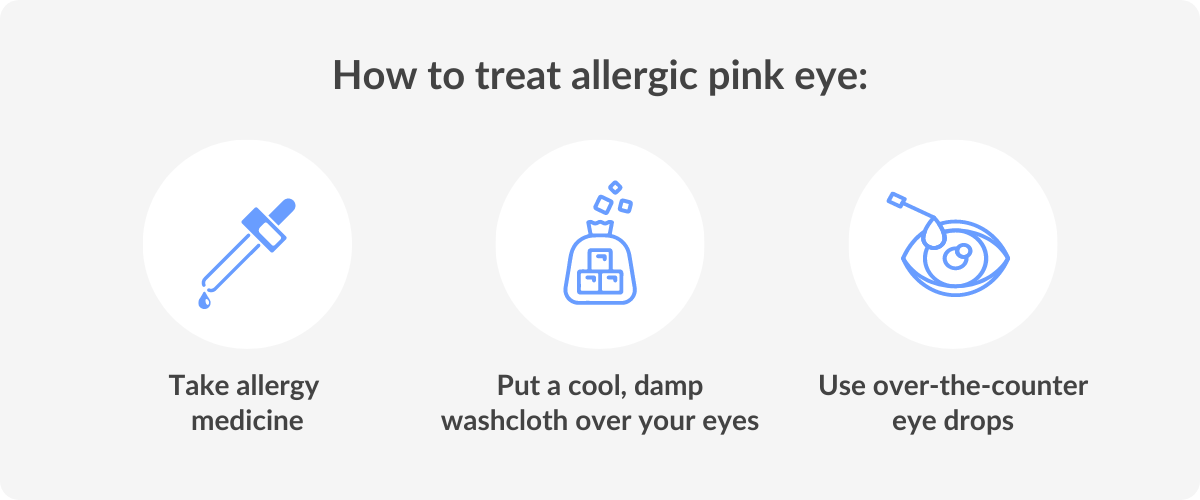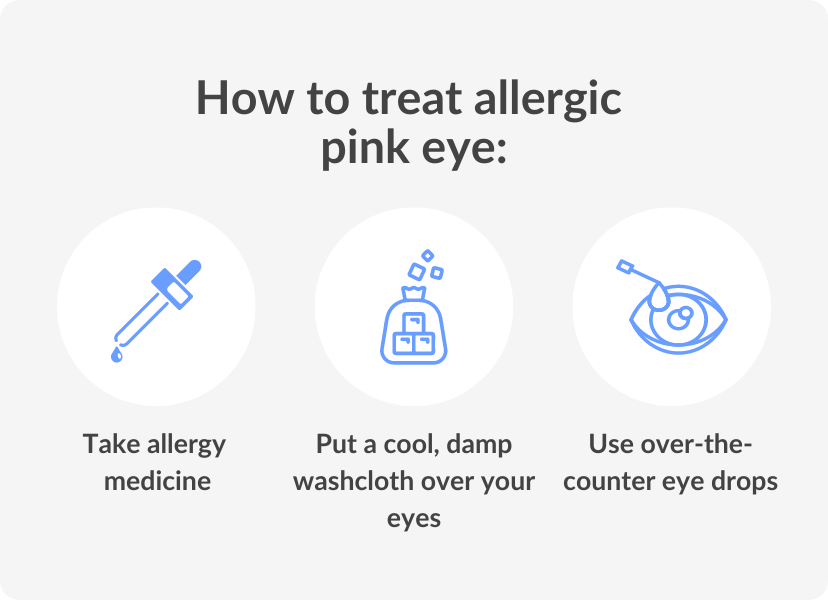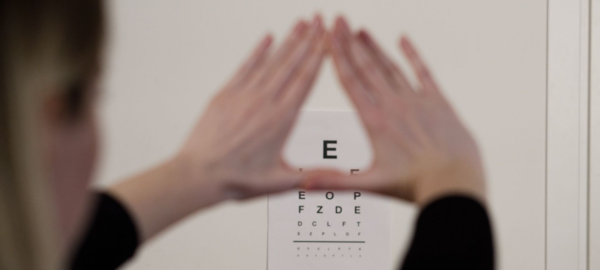Glasses Online With Insurance
What is vision insurance? | Does my insurance company include vision insurance? | How to buy glasses online with insurance | Can you use FSA for glasses? | How much are prescription glasses with insurance? | How much are prescription glasses online without insurance? | How to use insurance for sunglasses | How to use insurance to buy contacts online | Where to order glasses online with insurance | Order glasses online with insurance

Eyewear is something that many people cannot live without, prescription glasses or contact lenses are necessary to fix their vision problems. The truth is, purchasing glasses can be expensive if you pay retail prices, but they don’t have to be.
SmartBuyGlasses aims to provide customers with a seamless, convenient, and affordable shopping experience with a low to no out-of-pocket expense.
To get the most out of your buying experience, you must be informed about your insurance policy and use your vision insurance when purchasing prescription eyewear. Don’t let the cost of eyewear keep you from seeing clearly and comfortably.
What is vision insurance?
Vision insurance is a health benefit that covers vision care partially or entirely. Vision care includes things like eye exams, glasses, and contacts. Not all insurance plans include vision coverage, so check the details of your current plan or any plan you’re considering.
Does my insurance company include vision insurance?
Not all insurance plans include vision benefits, and not all vision coverage is the same. Most vision insurance plans are discount or wellness benefit plans that provide specific benefits and discounts for an annual premium.
Blue light glasses may be covered under certain insurance policies; some plans may offer discounts on elective vision correction surgery, such as LASIK and PRK, while others do not. Always check with your insurance provider directly to learn more about what is covered.
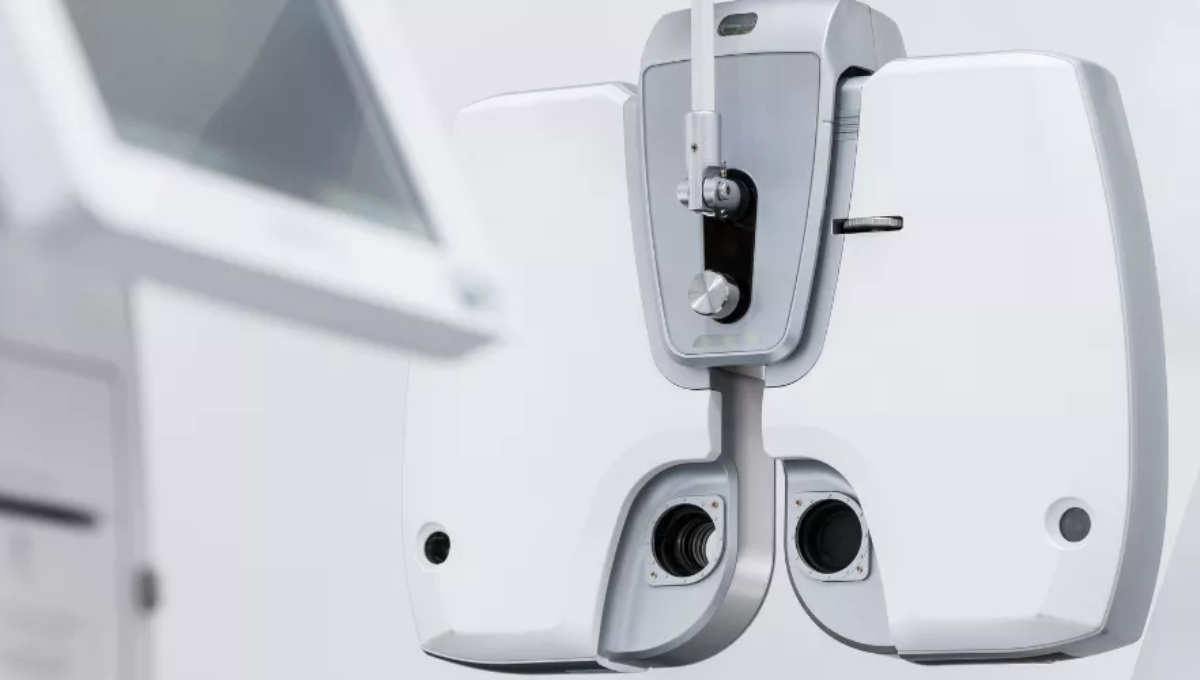
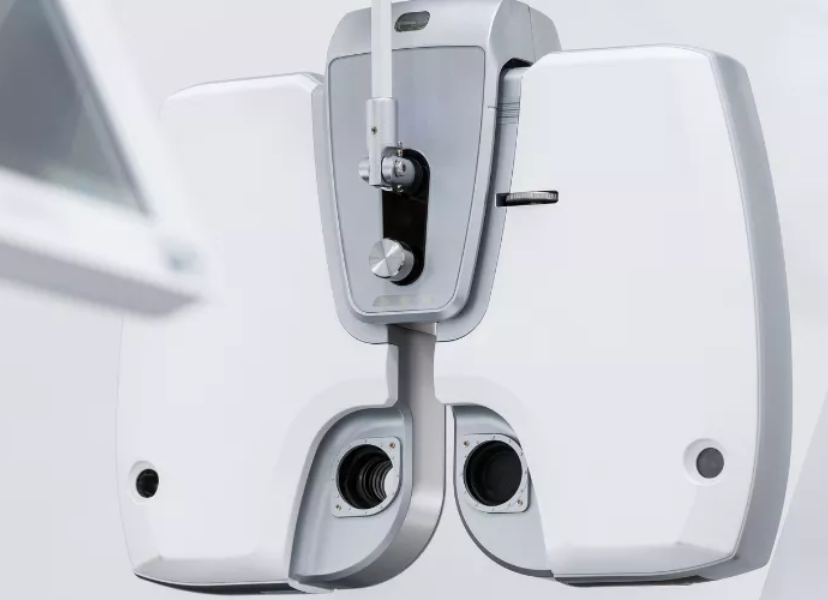
DID YOU KNOW?
There is no uniform vision insurance policy. Cover can vary, and may not be included iby all insurance companies.
How to buy glasses online with insurance
Buying prescription glasses, sunglasses, or contact lenses with insurance can significantly reduce costs. Most insurance plans include vision benefits, so check with your carrier and use your benefits.
We do not currently offer direct billing, but you can claim reimbursement using our itemized receipt and your company’s claim form directly after your online purchase.
You can buy prescription eyewear online for the whole family in just a few easy steps.
- Check with your insurance company to understand what they cover. To do this, you can log into your insurance portal online or call them directly. Since SmartBuyGlasses will not bill your vision insurance directly, it is important to verify that you have “out-of-network benefits.”
- Determine and understand the reimbursement process to find out what will be covered. The insurance company will commonly have a specific amount of vision care dollars they can cover with your plan. When making your purchase, keep this amount in mind to determine whether the entire cost will be covered.
- Schedule an eye exam, or if you have glasses with a current prescription, use our Lens Scanner app. To purchase new eyewear, you will need an updated prescription. Eye exams are necessary to receive your prescription information and pupillary distance.
- Alternatively, if you already have a valid glasses prescription and a pair of glasses, you can use our free Lens Scanner app to find your prescription details. The app will scan your current lenses and reveal your glasses prescription in minutes. All you will need is a Smartphone, laptop, current prescription glasses, and a magnetic card.
- Shop and search through our extensive collections of exclusive and designer brands. Use our Virtual Try-On tool or our face shape guide to find a fresh pair of glasses that are perfect for you.
- Once you have found the best frames and chosen lenses, place your order and download the invoice. Once your order has been shipped, you can download your invoice and prepare to submit it to your insurance company.
- The final step of the process is to submit a claim to your vision insurance provider using your invoice. Follow the directions on your insurance provider’s login page, or call them directly for additional assistance. Reimbursement for glasses typically takes a few weeks.
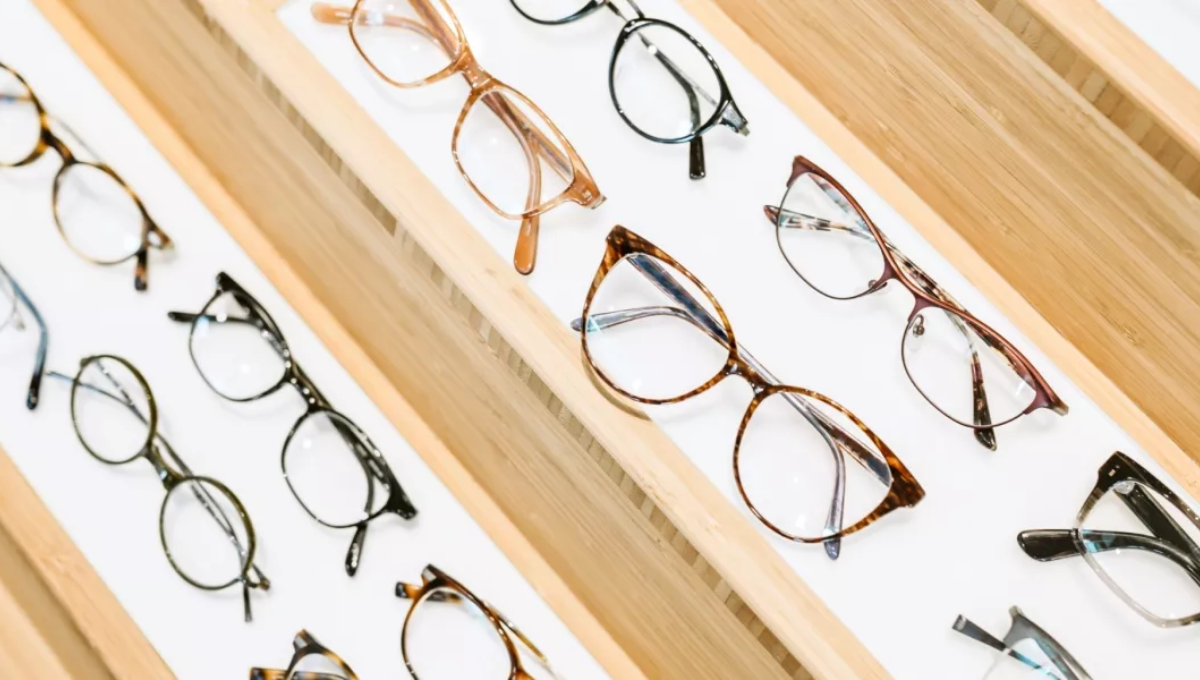
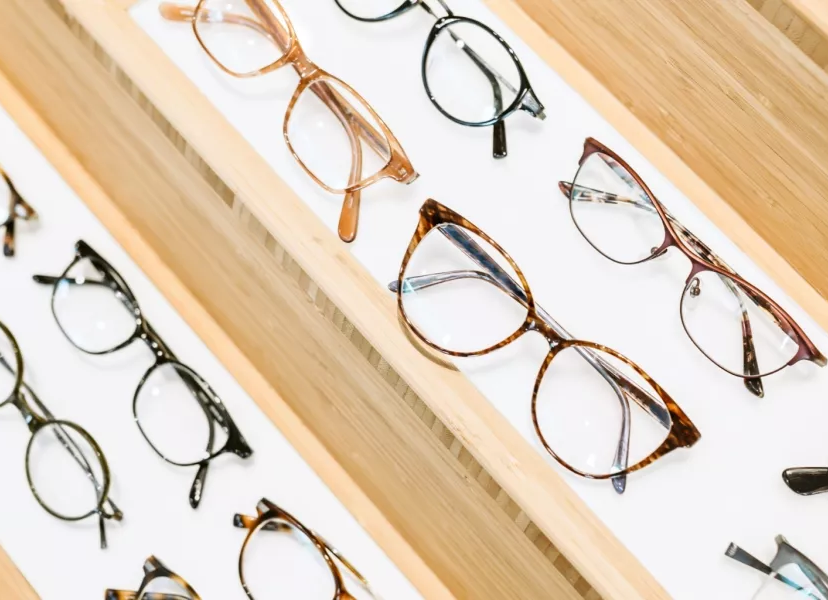
Can you use FSA for glasses?
FSA and HSA savings are accepted at SmartBuyGlasses, regardless of whether you have vision insurance. Flexible Spending Accounts (FSA) and Health Savings Accounts (HSA) are health savings accounts that can be used to buy glasses online.
FSA and HSA let you set aside money before it’s taxed to pay for health care costs. Don’t let your flexible spending account go to waste; consult with your employer to discover your benefits and start saving on prescription eyewear and vision correction.
How much are prescription glasses with insurance?
There are several factors that affect the cost of prescription eyeglasses. Prices vary based on the frame, designer brand, and lens type. Insurance plans may or may not cover the cost of your prescription glasses, and some insurance plans will pay up to a certain amount.
It is important to check the information about your plan before you purchase prescription glasses.
How much are prescription glasses online without insurance?
The cost of purchasing prescription glasses online varies widely depending on your selection of frames, designer, lens, and any special lens coatings or add-ons. Our goal at SmartBuyGlasses is to make eyewear affordable for everyone.
Even without vision insurance, you can shop a wide selection of glasses, sunglasses, and contact lenses without spending a fortune.
How to use insurance for sunglasses
Vision insurance can also be used for prescription sunglasses. Before buying, check with your insurance provider to confirm that sunglasses are covered in your plan. Once purchased, follow the same steps you would if submitting an insurance claim for eyeglasses.


How to use insurance to buy contacts online
Some vision insurance providers also offer benefits for purchasing contact lenses online. However, since not all insurance providers offer out-of-network benefits, it is important to check information and your insurance eligibility before buying contact lenses.
If your insurance has out-of-network coverage for contact lenses, you can use it for daily, weekly, and monthly prescription contact lenses. After purchasing, file for reimbursement using the same method you would if submitting an insurance claim for eyeglasses.
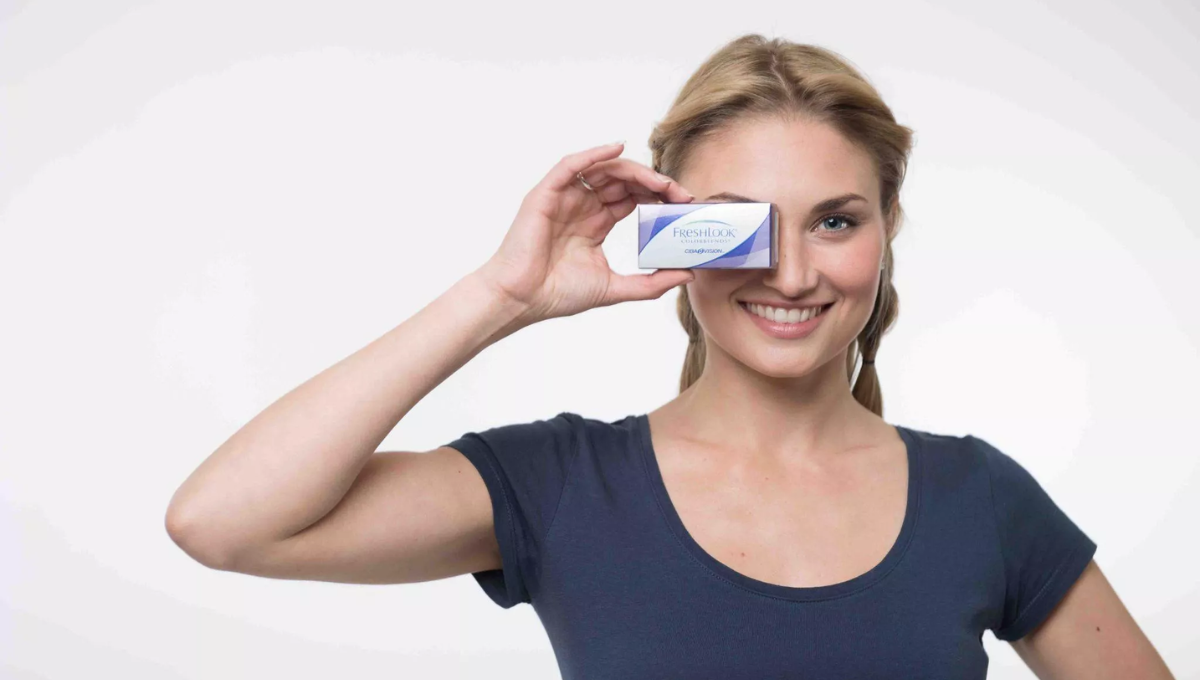
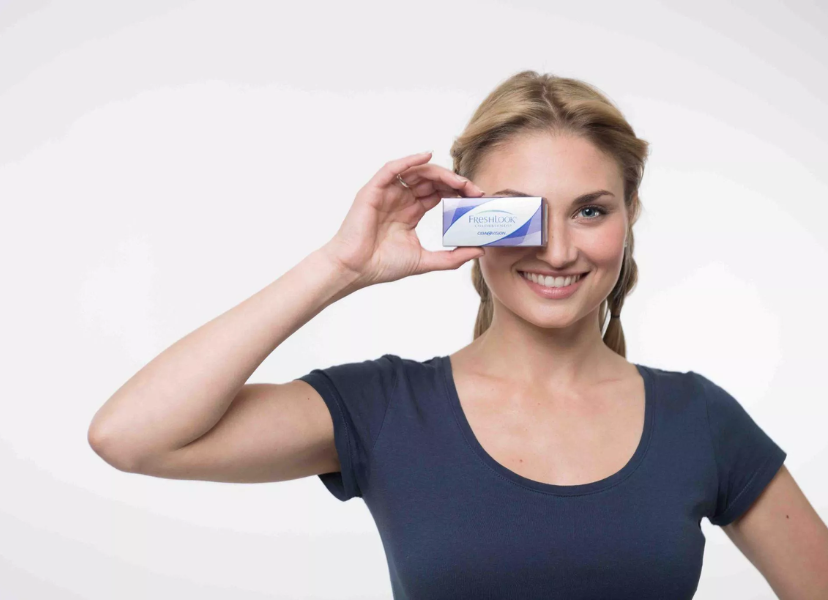
Where to order glasses online with insurance
SmartBuyGlasses makes shopping for glasses online with insurance fun and easy. Shop thousands of styles among our men, women, and kid’s collections. Shop by brand, style, trend, or color. Take a moment to get your face shape, and find frames that best suit you, including round, rectangular, or oversized, using technology in our Virtual try-on tool.
After choosing your frame, fit them with the lenses of your choice. Lens options include non-prescription lenses, blue light blocking, Transitions®, single vision, progressive, and more. For any lens questions, head to our Optical Center and speak to one of our opticians to get answers.
SmartBuyGlasses makes shopping online as easy as possible with simple checkout processes, optician support, and a customer service team that is always ready to help. Shop confidently with the best price guarantee, 2-year warranty, and 100-day returns.
Order glasses online with insurance
With options like using your vision insurance online, FSA, and HSA finding your next pair of glasses doesn’t have to be expensive. Shop confidently and conveniently for prescription glasses, prescription sunglasses, or contact lenses.
Just remember that different vision insurance companies offer different insurance benefits. Be sure to check information about your insurance eligibility to ensure you’re getting the best coverage and prices. Contact your insurance provider and start saving on prescription lenses or contacts that best suit your lifestyle and vision needs.
If your insurance does have out-of-network coverage for contact lenses, you can use it to shop our selection of daily, weekly, and monthly prescription contact lenses and file for reimbursement using the same method that you would if you were purchasing glasses.
Related articles

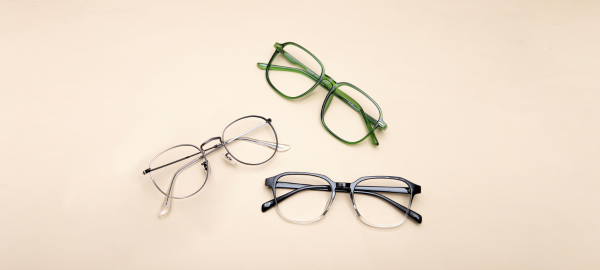
Related articles















































